

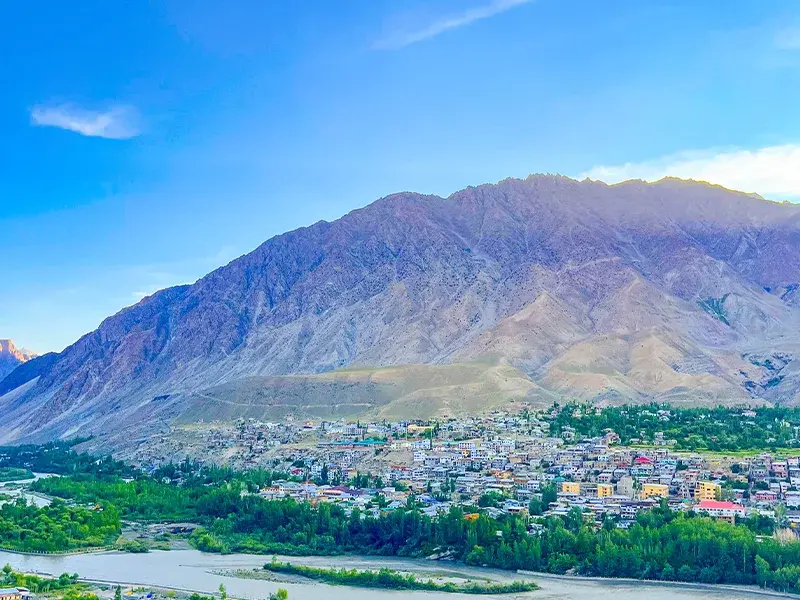
Kargil’s roots stretch deep into Ladakh’s history, once serving as a resting point along the trade route between Kashmir and Tibet. Populated mostly by Shia Muslims and Buddhists, it has always been a center of mixed cultures and peaceful co-existence.
The town, however, etched its name in national memory during the Kargil War of 1999, when Indian soldiers recaptured strategic peaks from infiltrating forces. The Kargil War Memorial in Drass, built in memory of those who laid down their lives, is a must ...

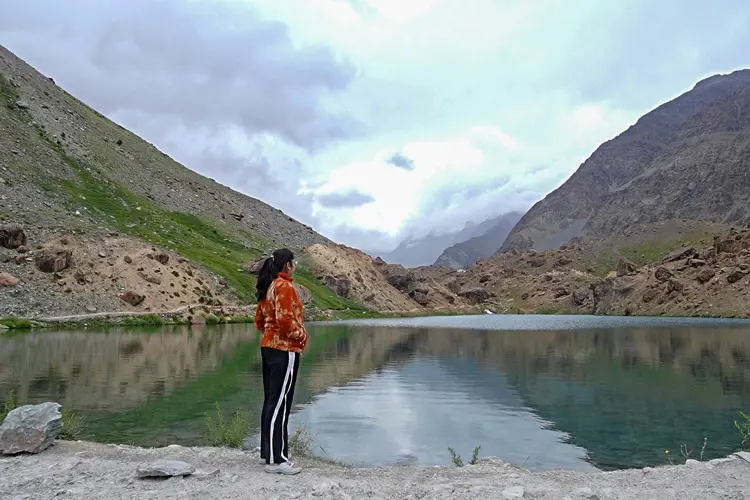
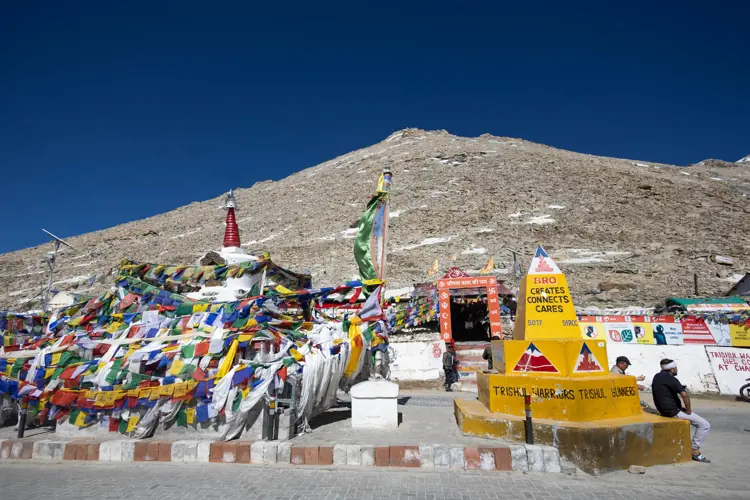
 1.jpg)
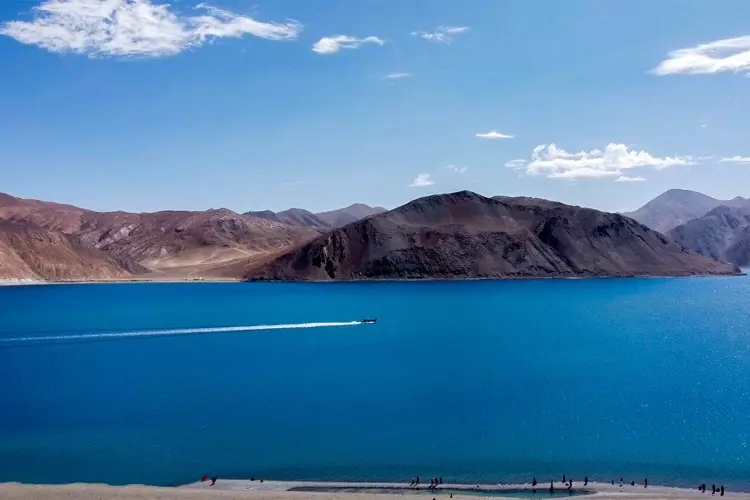
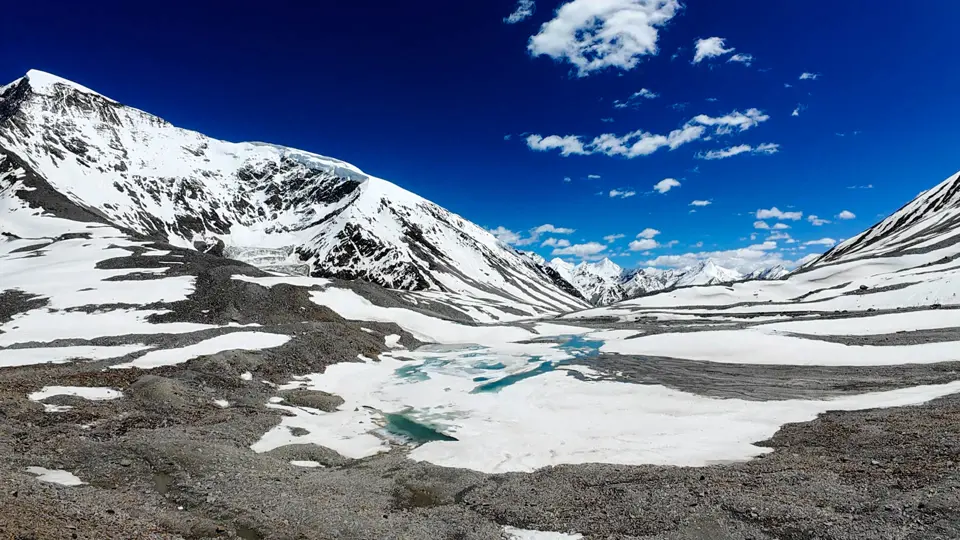
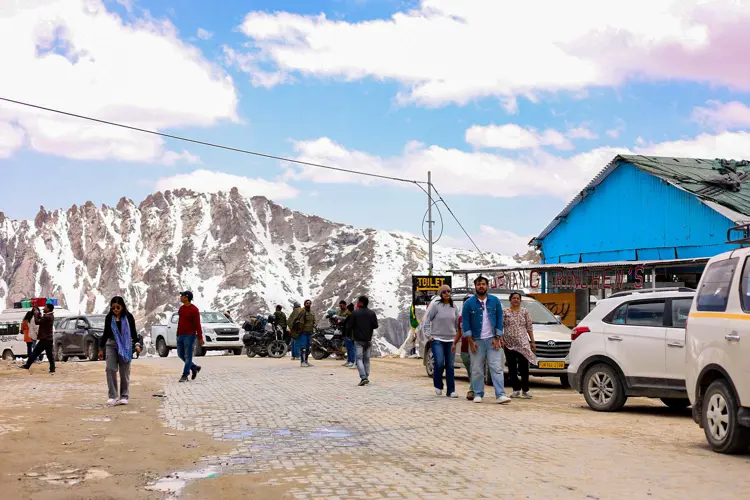
 4.jpg)

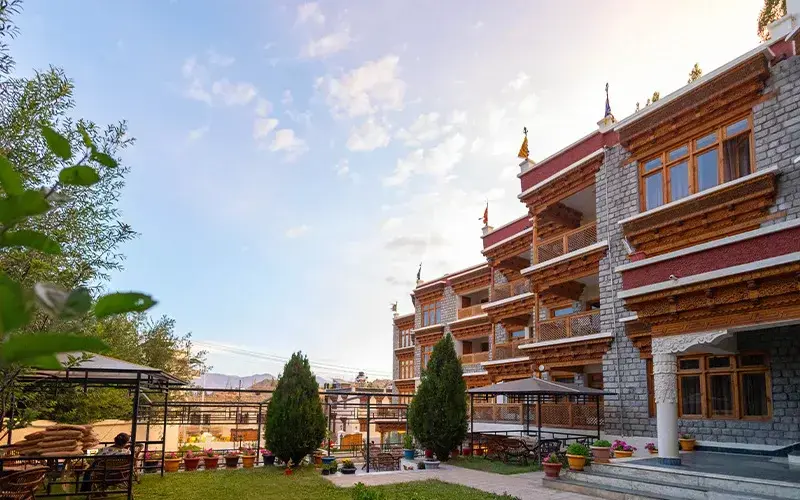
Hotels In Leh Ladakh
Experience peaceful stays amid mountains, lakes, and clear skies.
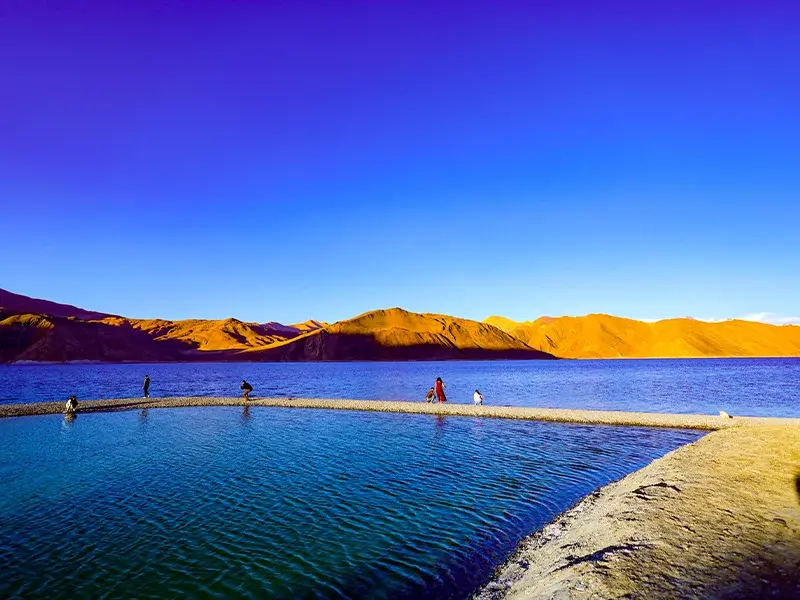
Packages Of Leh Ladakh
Experience Ladakh’s mountains, lakes and culture with our curated packages.
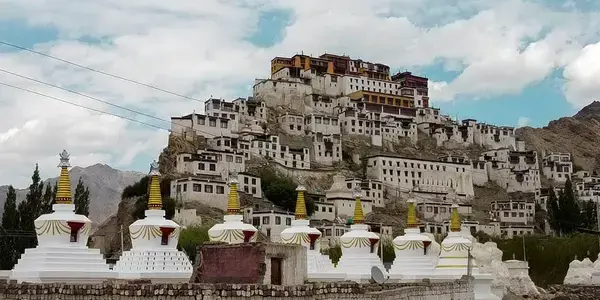
Places To Visit In Leh Ladakh
Best Places to Visit in Leh Ladakh for an Unforgettable Trip
.webp)
Blogs Leh Ladakh
High-altitude adventures and serene Tibetan-style landscapes
.webp)
Images Of Leh Ladakh
Explore Ladakh’s raw beauty through real and scenic images.
Hotels In Leh Ladakh
Packages Of Leh Ladakh
Places To Visit In Leh Ladakh
Blogs Leh Ladakh
Images Of Leh Ladakh
Summer: Light jackets, hoodies, caps for cool evenings
Winter: Heavy woolens, gloves, snow boots, thermal inners
Stay a night in Kargil if you're coming from Srinagar before heading to higher altitudes like Leh.
Carry general first-aid, painkillers, motion sickness meds (hilly roads), and ORS for dehydration.
Visit Kargil War Memorial – See the names of martyrs and feel the weight of sacrifice under Tiger Hill's gaze.
Explore Suru Valley – An emerald valley with riverside villages, perfect for scenic drives and photography.
Trek to Phuktal via Rangdum – Start your journey to one of Ladakh’s most isolated monasteries.
Try local Balti cuisine – Meat stew (Gyama), spicy lentils, and freshly baked breads are popular.
Apricots & Dry Fruit – Famous for organic apricots—buy fresh or sun-dried varieties from the main bazaar.
May to September – snow-free roads and clear skies.
Kargil’s roots stretch deep into Ladakh’s history, once serving as a resting point along the trade route between Kashmir and Tibet. Populated mostly by Shia Muslims and Buddhists, it has always been a center of mixed cultures and peaceful co-existence.
The town, however, etched its name in national memory during the Kargil War of 1999, when Indian soldiers recaptured strategic peaks from infiltrating forces. The Kargil War Memorial in Drass, built in memory of those who laid down their lives, is a must-visit. With names engraved in pink sandstone and a view of the Tiger Hill in the background, it's a solemn tribute to bravery.
Today, Kargil thrives as a transit town between Leh, Srinagar, and Zanskar Valley, while holding onto its traditional charm. You’ll find mud houses, bustling local markets, and ancient monasteries tucked into silent ridges. As tourism grows, Kargil remains one of the few places where you can experience true mountain hospitality, war-time courage, and untouched Himalayan landscapes—all in one frame.
Known for the 1999 Kargil War
The conflict between India and Pakistan made this town globally known. Memorials, museums, and local stories reflect the resilience and bravery of Indian soldiers.
A Mix of Cultures
Kargil’s population is predominantly Muslim, unlike Buddhist-majority Leh. Mosques and monasteries exist side-by-side in harmony.
Gateway to Zanskar
Kargil is the starting point for journeys into the remote Zanskar Valley via Rangdum and Padum.
Part of Silk Route Legacy
Traders from Tibet, Baltistan, and Kashmir once passed through Kargil, exchanging wool, salt, and other goods.
Suru River Runs Through It
The river nourishes the valley, giving rise to scenic villages, green fields, and apricot orchards.
The Mother Who Fed Soldiers
During the 1999 war, a local woman in a nearby village cooked food for soldiers daily despite danger. She hid her identity and sent food wrapped in cloth with her teenage son. Soldiers called her “Amaan”—meaning peace. Years later, she was honored during Republic Day in Kargil town for her courage and kindness.
The School With No Roof
In the aftermath of war, a village school near Kargil had no roof left. Yet, students continued to attend, reading under the sky. One student from that school, now a teacher, returned to rebuild it with government help. He said, “This is where I learned to read with the sound of shells. I want kids to learn with the sound of wind now.”
The Himalayan Mountains are a majestic mountain range in South Asia, spanning five countries. They boast the world's highest peaks, including Mount Everest. These young, growing mountains feature rugged, snow-capped peaks, deep valleys, and glaciers. The Himalayas influence regional climate, harbor unique biodiversity, and hold cultural and spiritual significance. They attract adventurers, nature lovers, and spiritual seekers from around the world.